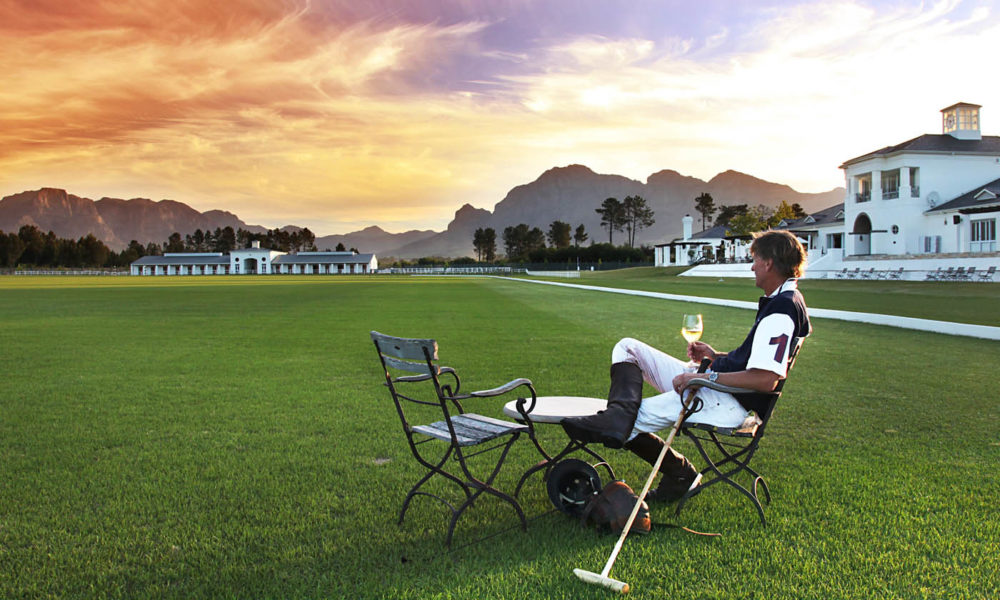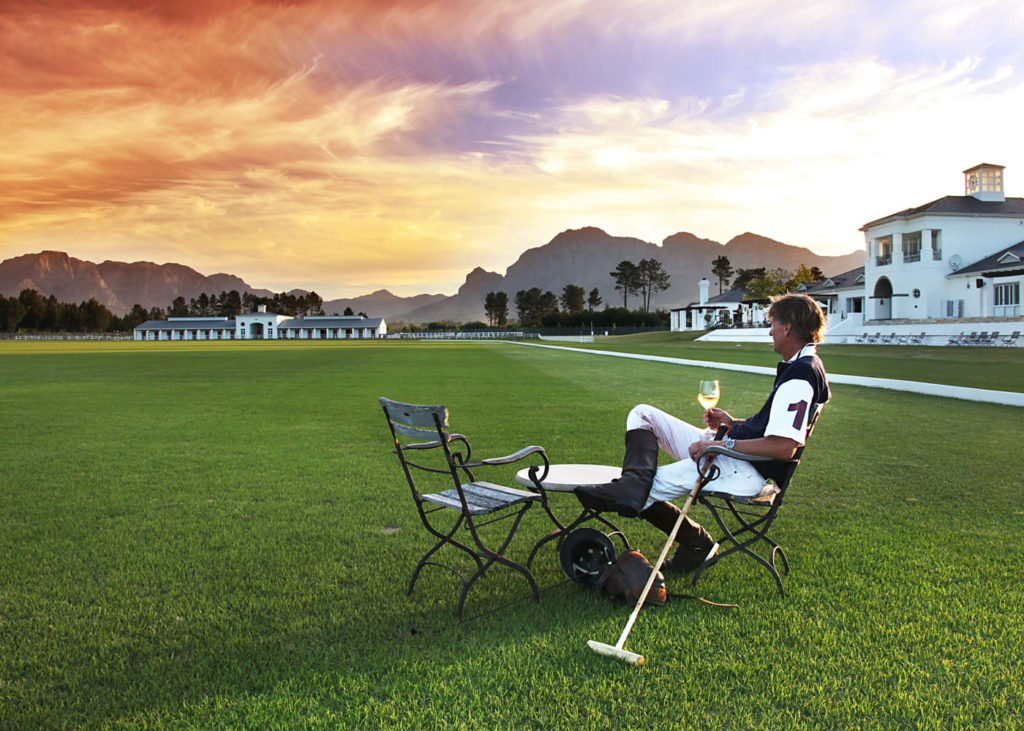There are two images most people conjure up when they hear the word “Africa”. And these could not be more polar opposite. The one consists of the poor, sickly emaciated child covered in flies in the middle of a refugee camp which in turn is in the middle of some horror civil war. Of course Africa is eons more fascinating, complex, mystifying and mysterious than mere unruly, gun-toting rebels on the one hand and ultra- luxury lodges sporting the so-called Big-5 on the other.
The collective countries in the SADC region – the Southern African Development Community – are made up of 15 members States namely Angola, Botswana, Democratic Republic of Congo (DRC), Lesotho, Madagascar, Malawi, Mauritius, Mozambique, Namibia, Seychelles, South Africa, Swaziland, Tanzania, Zambia and Zimbabwe. Established in 1992, SADC states that it is committed to regional integration and poverty eradication within southern Africa through economic development and ensuring peace and security.
Of these, a number are not strictly speaking in southern Africa had one to be a stickler for geography. The DRC is in Central Africa. Tanzania is in East Africa. Lesotho is an independent country completely surrounded by South Africa which kinda makes it a southern African country within a southern African country. Madagascar, Mauritius and the Seychelles are islands. Yet, between them (with the exception of Angola), they amount to the biggest tourist money spinners on a continent of 54 countries, including islands. Why?
Well, Africa is not called the Dark Continent for nothing and we can safely blame history for making South Africa the very southern-most light at the end of the tourism tunnel.
It is arguably the generally best known destination for tourists to Africa and with its legacy of European settlers and of course much later Nelson Mandela, together with its good road infrastructure, relative ease of movement and diverse and breath-taking landscapes, it provides a one-stop shop for many foreign tourists.
Even so, Mr Sisa Ntshona, Chief Executive Officer of South African Tourism is not one to become complacent and rest on the laurels of destination reputation: “We need to show tourists that South Africa offers more than the beach, the berg and the bush – we offer a variety of authentic experiences, flavours and smells, within a safe, secure and comfortable travel environment. We need to target millennials who want to travel with purpose and leave knowing their rands spent have made a positive impact on the economy, the environment and society. It’s also vital to drive awareness among consumers and operators of fair trade and responsible tourism principles.”
He believes South Africa’s biggest tourism assets are a combination of things. “It’s the diversity of our people. It’s our flavours, our smells, our food, our colours, our music, our wildlife – and also, of course, our country’s natural beauty. The diversity of our people is mirrored in the diversity of our landscape, and the experiences we offer. You can go from Sandton to the bush in two hours, and get to the beach in an hour via plane, all in the same country.”
He also emphasizes the lack of attention paid to domestic tourism in South Africa. “Most tourism economies around the world have a strong domestic tourism foundation and on top of that comes the international market, but we are the other way around. The problem with that situation is if the world decides not to travel to South Africa, we have a serious problem as our domestic revenue stream is so low. So it’s important that we build a robust domestic tourism space – it has to start there. We have various initiatives on the go to build a culture of holiday travel at a local level.”
As South Africans we understand the need to uplift people from formerly deprived backgrounds but if the necessary training doesn’t accompany this noble quest, a guest from France or Germany can very easily ruin an establishment’s reputation with comments like “rude, lazy and untrained staff”.
Yes it is still true that Southern Africa has it all, especially for the luxury-orientated traveller. It boasts two of the best luxury trains in the world, namely Rovos Rail and The Blue Train. Having travelled on both, I can tell you dear reader, these experiences are what some people suffer and work for, for most of their lives to experience. And it’s worth every second and every penny.
“Leisure tourism accounted for 68.4% of spending in the SADC region while business tourism accounted for 31.6%.”
The South Africa luxury hospitality industry is huge. It has the advantage of the legacy of Sol Kerzner, in many industry specialists’ opinion the best hotelier in the word, who created a hospitality model now globally followed. It has the advantage of having allowed excellent brand-reputable hotels to move into the country over the past 10 years such as US-based Marriott hotel group. In October last year they signed a deal with South African Amdec property development group, announcing a partnership that will see R3 billion being invested in five brand-new luxury hotels over the next three years, two of which will be built in Johannesburg and three in Cape Town.
According to Pierre Heistein,tourism spending in the SADC region reached $41.4 billion (R678bn) in 2014. Leisure tourism accounted for 68.4% of spending while business tourism accounted for 31.6%.
In total, 24.5 million foreign visitors entered the SADC countries and generated $19.8bn worth of spending – 7.9% of the region’s total exports.
The vast majority of this spending was in South Africa but in order to compete with South Africa’s tourist influx, Zimbabwe and Zambia have recently ended the first trial period for the Kavango-Zambezi visa launched in November 2014. The visa allows for tourists from 40 countries to travel between Zimbabwe and Zambia on one visa without having to process applications separately.
The programme has now entered its second trial period to address the problems uncovered in the first. Once the creases have been ironed out, the visa will be extended to Angola, Namibia and Botswana.
South Africa as a country lags behind in awareness of the biggest travelling market in the world – the Chinese. Countries such as the Seychelles and Mauritius have years ago identified this market as key to tourism growth and have invested substantial amounts in Mandarin speaking staff.
Another factor driving the Chinese away from traditional European markets are safety concerns and security. Terrorists threats in Europe are on the increase while simultaneously decline in southern Africa.
But will the Chinese still choose South Africa instead of opting for “real” safari experiences like South Luangwa in Zambia or the Okavango Delta in Botswana?
According to a report by The World Travel and Tourism Council, tourism to Botswana is expected to increase by at least 5% YOY for the next 10 years.
South Africa saw a decline of 600 000 tourists in 2015, down by 8% from 2014 according to Grant Thornton. This year however, saw the first quarter of the year rebounding exceptionally in tourist arrivals to the country, with an estimated 18.7% growth in arrivals for the first three months of 2016, compared to the first quarter of 2015
Most foreign tourists either opt for a combo tour, including some southern African countries or only opt for South Africa. Will South Africa achieve the enormous potential in tourism growth so obviously needed to boost the country’s ailing economy and unemployment? Only time will tell.
Source: Jo Kromberg for Nomad Africa Magazine


